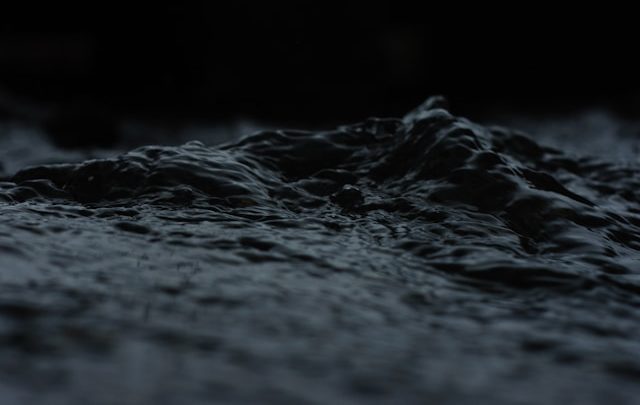For decades, dark matter has been like the ghost at the cosmic party—everyone’s pretty sure it’s there, but nobody can actually see it. Despite all our fancy telescopes and particle accelerators, we haven’t detected a single speck of this mysterious “stuff” directly. But now, researchers are taking a surprisingly down-to-earth approach to this age-old mystery: they’re turning to billion-year-old rocks.
This innovative hunt is being led by physicist Patrick Huber and his team at Virginia Tech. Forget flashy labs and high-tech gadgets; they’re betting on something much simpler—ancient rocks that might have kept a quiet record of dark matter’s existence. The idea? Over Earth’s long, turbulent history, some dark matter particles may have collided with atoms in these rocks, leaving behind minuscule “tracks.” Think of them as tiny, invisible scratches from an ancient cosmic road trip. By identifying these tracks, Huber’s team hopes to spot direct evidence of dark matter.
Why Rocks? And Why Now?
To understand why rocks are the latest tool in the dark matter search, let’s rewind a bit. Dark matter is the “missing mass” that physicists believe makes up about 27% of the universe. We can’t see it directly, but we’re pretty sure it’s there because its gravitational effects seem to glue galaxies together, holding them in place. Without dark matter, the universe just wouldn’t add up—planets would wander off, galaxies would unravel, and a lot of physics textbooks would need serious rewrites.
The challenge, of course, is catching dark matter in the act. Physicists have long hypothesized that dark matter particles could potentially knock into atomic nuclei, creating a tiny burst of energy. But these collisions would be incredibly rare, and even then, the particles’ traces would be practically microscopic. Enter the ancient rocks of Earth’s crust, which have been around long enough to “witness” billions of years of cosmic events. By analyzing these rocks, Huber’s team believes they can pinpoint signs of these incredibly rare collisions.
Digging for Dark Matter in Earth’s Ancient Diaries
Each rock is like a silent journal, recording every particle interaction it has “experienced” over millennia. When particles collide with the rock’s atoms, they can knock them out of place, creating microscopic imperfections in the crystal structure. If dark matter particles have left any traces, they would show up as unique “tracks” in the rocks’ crystal lattices—sort of like leaving your fingerprints on a dusty surface.
At Virginia Tech’s Robeson Hall, Huber’s team is using advanced imaging techniques to study these crystal structures, hoping to find particle tracks that point to something beyond the usual suspects like cosmic rays. They’re first isolating and filtering out familiar radiation patterns to identify any unique tracks. Quantum systems expert Vsevolod Ivanov explains it best: “We take a crystal exposed to particles for millions of years, filter out what we know, and whatever’s left could be dark matter.” Imagine peeling away layers of known signals to reveal an ancient, otherworldly fingerprint.
“I Got a Lab”—The Motivation Behind the Madness
So, what makes Patrick Huber so determined to dig into billion-year-old rocks? Huber himself jokes that while most people deal with midlife crises by buying sports cars, he decided to dive into dark matter research instead. “I thought the idea was insane at first,” he says, “but it’s the kind of crazy you just can’t resist.” And it’s this passion—and a bit of good old scientific curiosity—that’s driving him to push the boundaries of what we know about the universe.
If Huber’s team succeeds, their findings could be revolutionary. Proving the existence of dark matter would transform our understanding of the universe, opening up new chapters in both physics and cosmology. And for the rest of us, it’s a reminder that sometimes, the biggest discoveries come from the smallest, oldest places.
So, the next time you pass by a rock, take a second to wonder if it might be holding some ancient cosmic secrets. Who knows? It could be the key to solving one of the universe’s most enduring mysteries.
Christina Pulluck helped bring Nebula Electronics from a a science and tech decision forum to a full-fledged news site by creating a new design and branding. She continues to assist in keeping the site responsive and well organized for the readers. As a contributor to Nebula Electronics, Christina mainly covers mobile news and gadgets.







